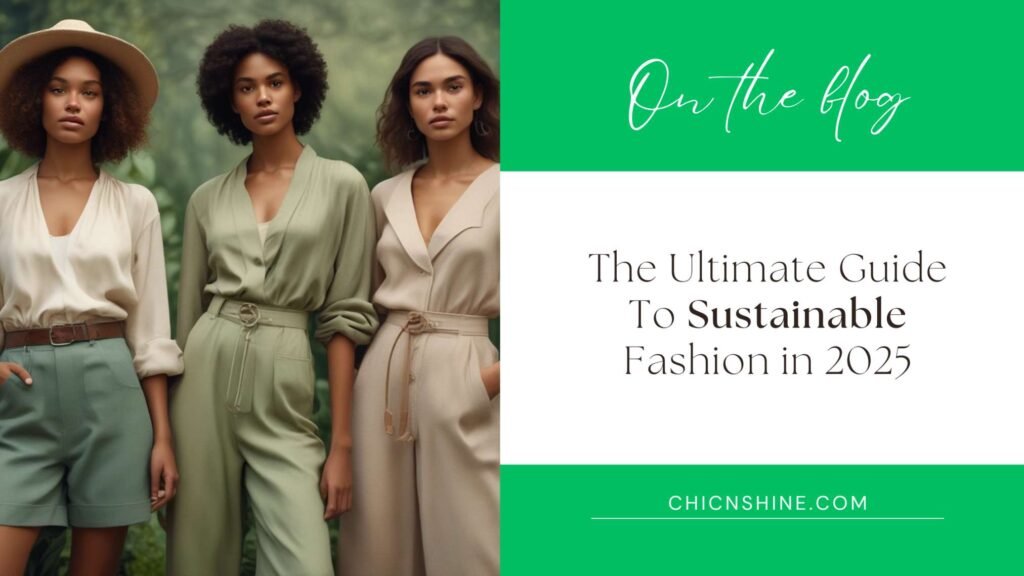When I first started my sustainable fashion journey five years ago, I never imagined how dramatically the industry would transform. Today, in 2025, sustainable fashion isn’t just a trend—it’s a revolution that’s reshaping how we think about clothing, consumption, and our relationship with the planet.
The Evolution of Sustainable Fashion
My personal awakening came during a trip to a textile manufacturing region in India. I witnessed firsthand the environmental devastation caused by traditional fashion production. That moment changed everything for me. I realized that every piece of clothing tells a story—and I wanted my wardrobe to tell a story of hope, responsibility, and innovation.
Breakthrough Materials Transforming the Industry
1 – Mushroom Leather: Nature’s Fashion Miracle
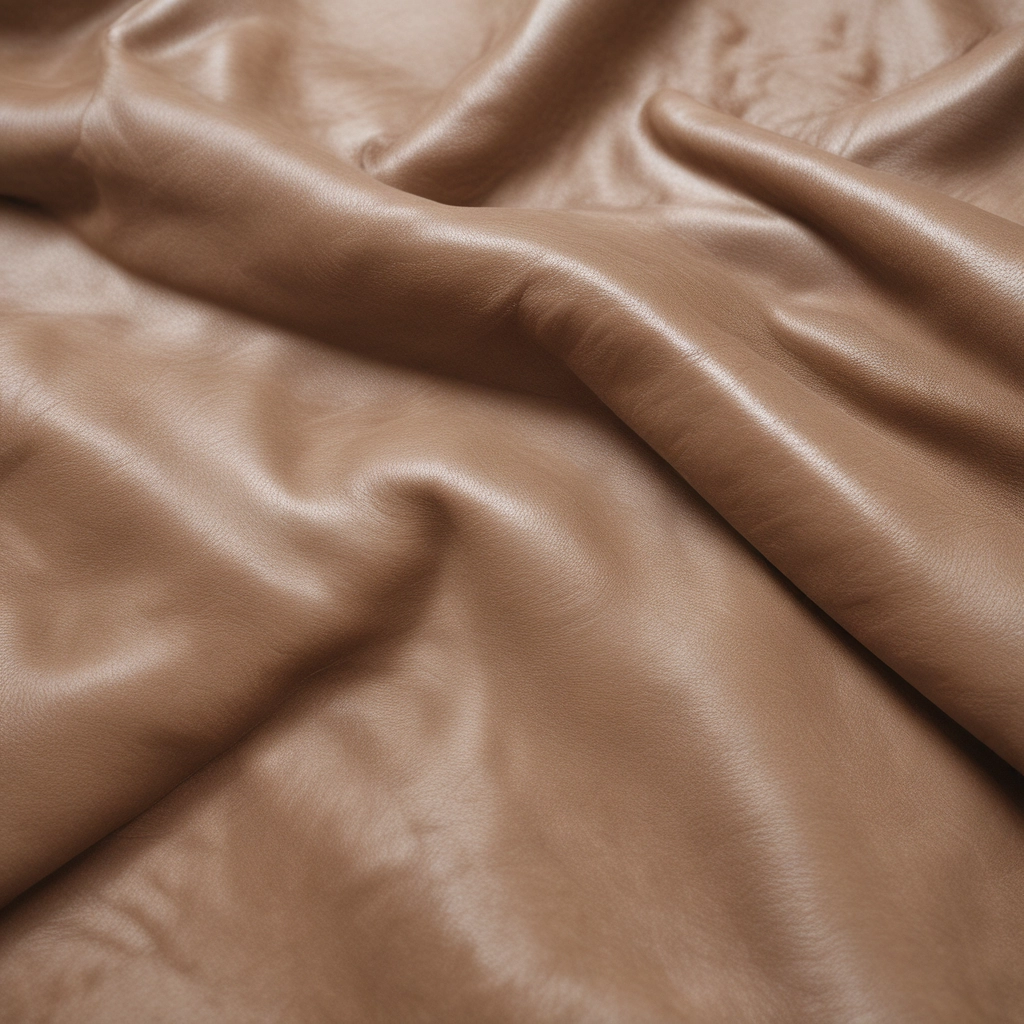
I’ll never forget the first time I touched a mushroom leather jacket. The texture was surprisingly supple, almost indistinguishable from traditional leather. Brands like MycoWorks have developed revolutionary biomaterials that not only look stunning but actively contribute to environmental restoration.
My favorite piece in my current wardrobe is a motorcycle-style jacket made entirely from mycelium. It’s a conversation starter at every event, and I love explaining how this innovative material is grown, not manufactured, using agricultural waste and minimal water resources.
2 – Ocean-Regenerated Fabrics
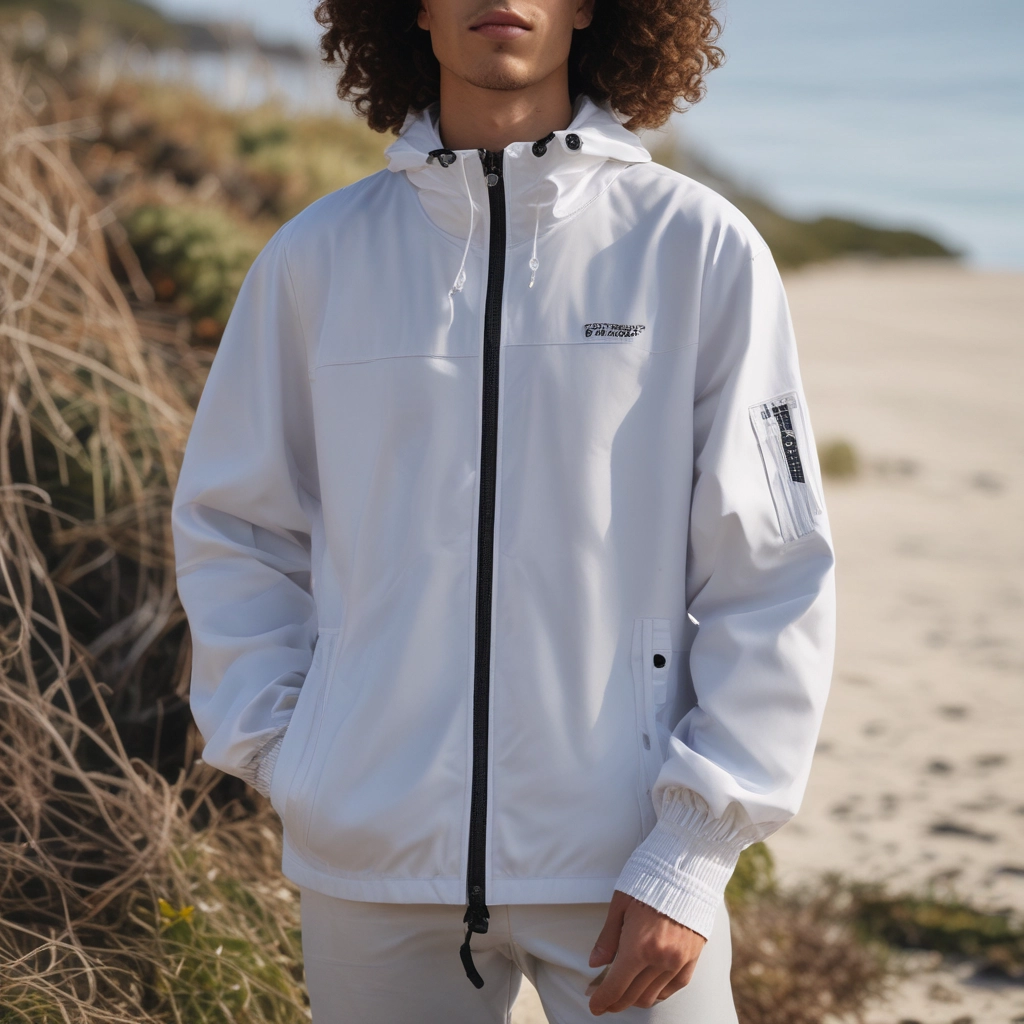
The ocean has become an unexpected hero sustainably. Brands are now creating entire collections from plastics recovered from marine environments. I recently collaborated with a local beach cleanup organization, and the transformation of ocean waste into elegant clothing feels like nothing short of magic.
One of my most cherished pieces is a windbreaker made entirely from reclaimed ocean plastics. Each jacket represents approximately 50 plastic bottles diverted from landfills and marine ecosystems. When I wear it, I feel like I’m making a tangible difference.
3 – The Rise of Circular Fashion
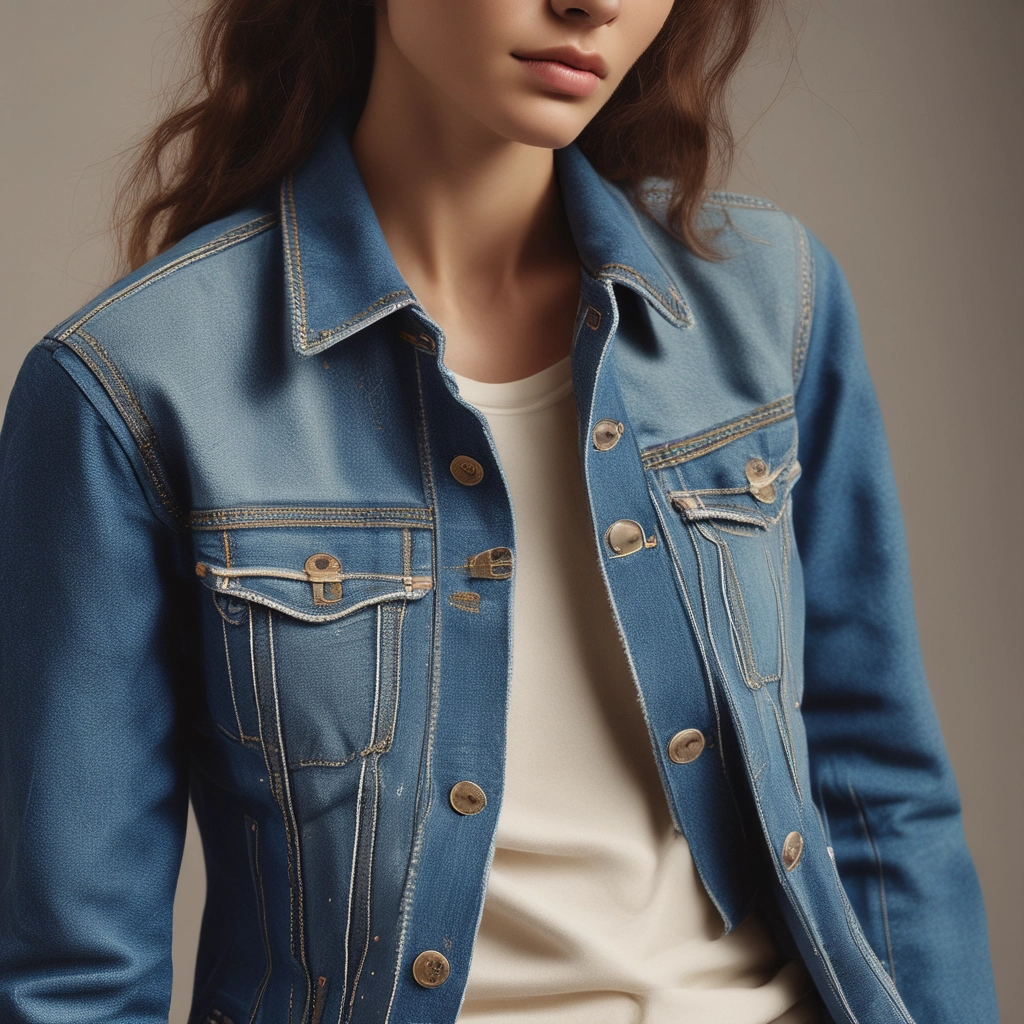
Circular fashion has moved from a radical concept to a mainstream approach. Brands are now designing clothes with their entire lifecycle in mind. My own wardrobe reflects this philosophy—I now choose pieces that can be easily recycled, repaired, or biodegraded.
I’ve developed a relationship with local tailors who specialize in clothing repair. What was once seen as a compromise is now celebrated as a form of personal expression. My most treasured pieces are those with visible mending—each stitch tells a story of preservation and care.
Technology Meets Sustainability
4 – Smart Clothing and Environmental Tracking
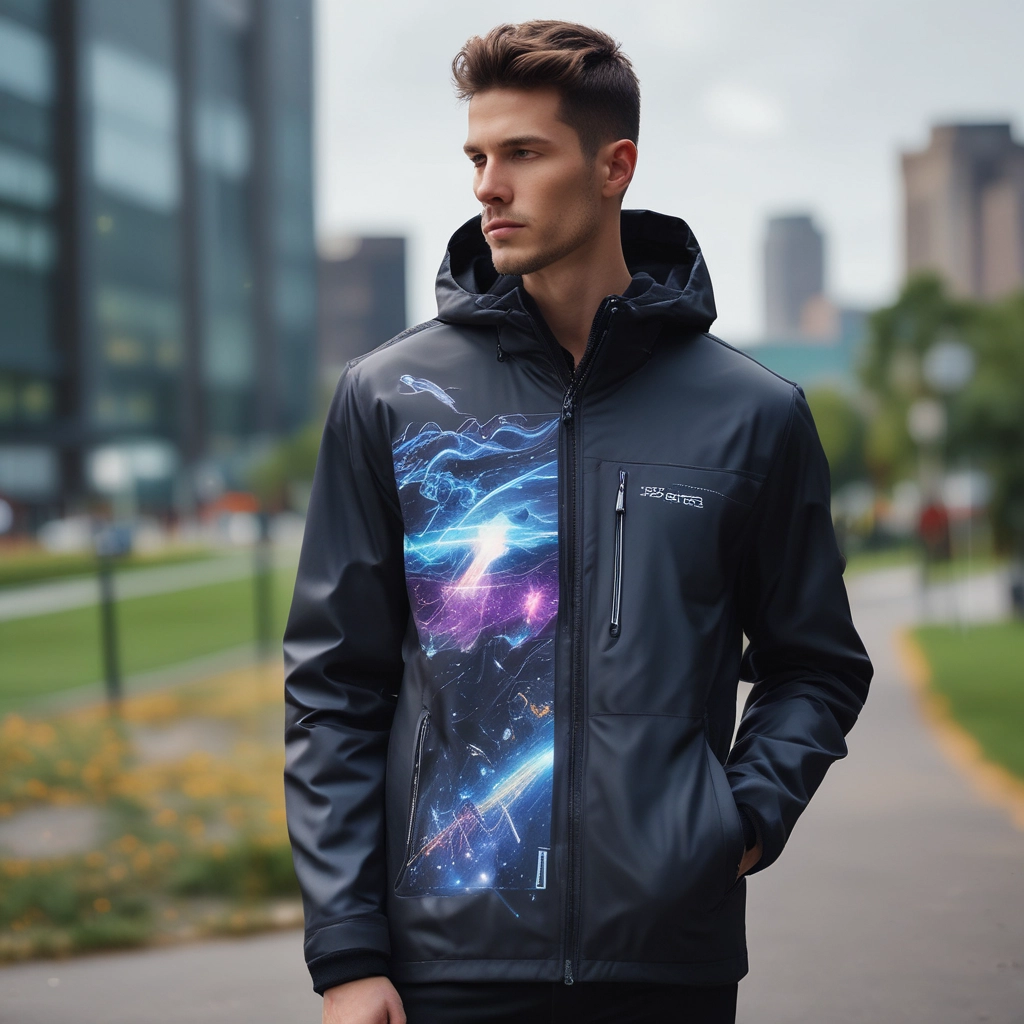
Technology has become an incredible ally sustainably. I recently invested in a smart jacket that tracks its own carbon footprint, water usage, and potential for recycling. The accompanying app provides transparency about the garment’s environmental impact—something unimaginable just a few years ago.
3D Printing and On-Demand Manufacturing
3D printing has revolutionized how we think about clothing production. I’ve been experimenting with on-demand fashion platforms that create garments only when ordered, dramatically reducing waste. My most recent purchase—a perfectly fitted blazer—was printed using recycled materials, with zero excess inventory.
Ethical Production and Fair Labor
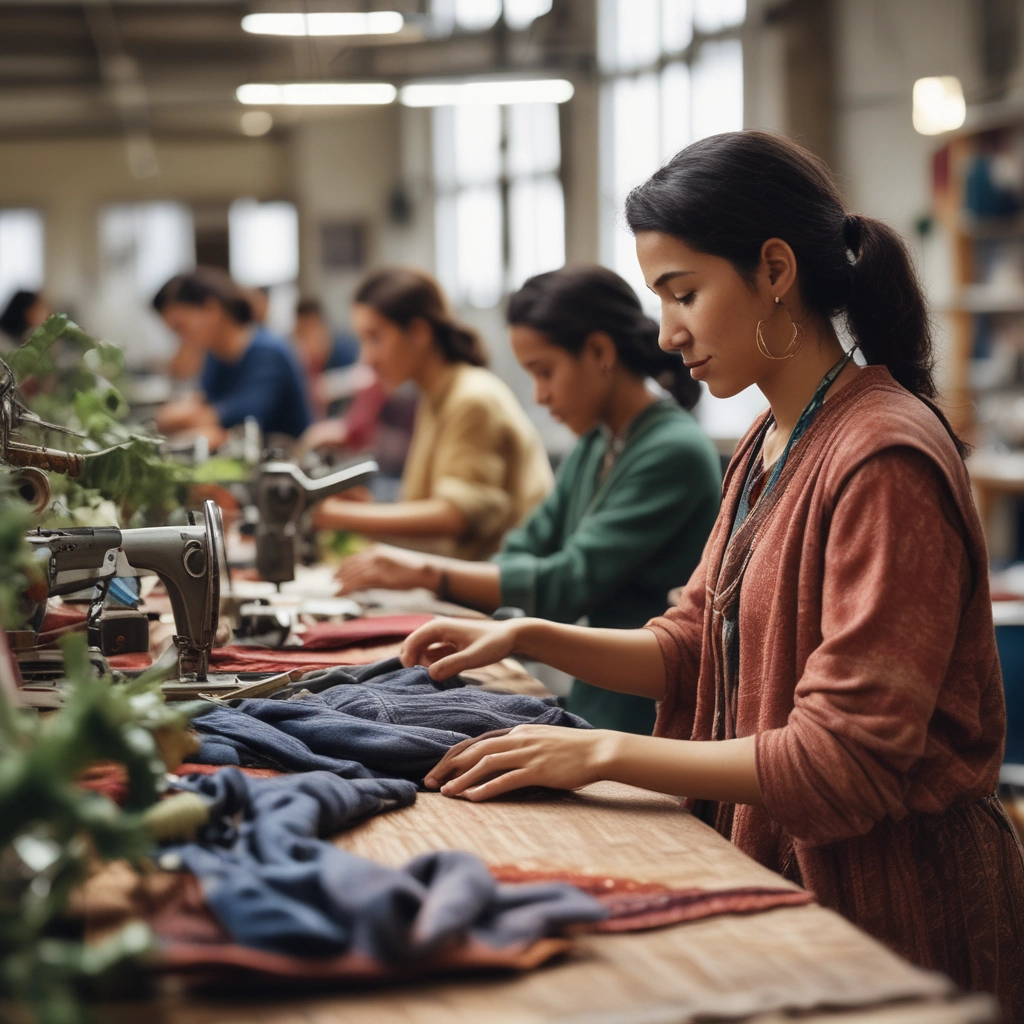
Sustainability isn’t just about materials—it’s about people. I’ve made it a point to support brands that provide fair wages, safe working conditions, and meaningful opportunities for artisans and workers.
My favorite sustainable brand partners directly with women’s cooperatives in rural India, providing fair compensation and skill development. When I wear their clothing, I’m not just making a fashion statement—I’m supporting entire communities.
Personal Transformation and Mindful Consumption
Sustainable fashion has taught me that true style isn’t about following trends but about creating a wardrobe that reflects personal values. I’ve significantly reduced my clothing purchases, focusing on quality over quantity.
My current wardrobe is a carefully curated collection of versatile, timeless pieces. Each item is chosen with intention—considering its origin, environmental impact, and potential for long-term use.
FAQs
Begin by auditing your current wardrobe. Identify pieces you truly love and wear frequently. For new purchases, prioritize quality, versatility, and ethical production. Start small—one conscious choice at a time can create significant impact.
While initial costs might be higher, sustainable clothing offers better long-term value. These pieces are typically more durable, timeless, and created with superior craftsmanship. I've found that investing in fewer, high-quality pieces saves money and reduces environmental strain.
Look beyond marketing claims. Seek brands that provide transparent information about their supply chain, material sourcing, and labor practices. Certifications like B Corp, Fair Trade, and Global Organic Textile Standard (GOTS) are reliable indicators. How Can I Start My Sustainable Fashion Journey?
Are Sustainable Clothes More Expensive?
How Do I Know if a Brand is Truly Sustainable?
Recommended Sustainable Fashion Brands for 2025
- Reformation – Leading the charge in transparent, eco-friendly fashion
- Patagonia – Continuing their long-standing commitment to environmental responsibility
- Eileen Fisher – Pioneers in circular fashion and textile recycling
- Veja – Revolutionizing sustainable footwear
- Amour Vert – Innovative approach to zero-waste manufacturing
